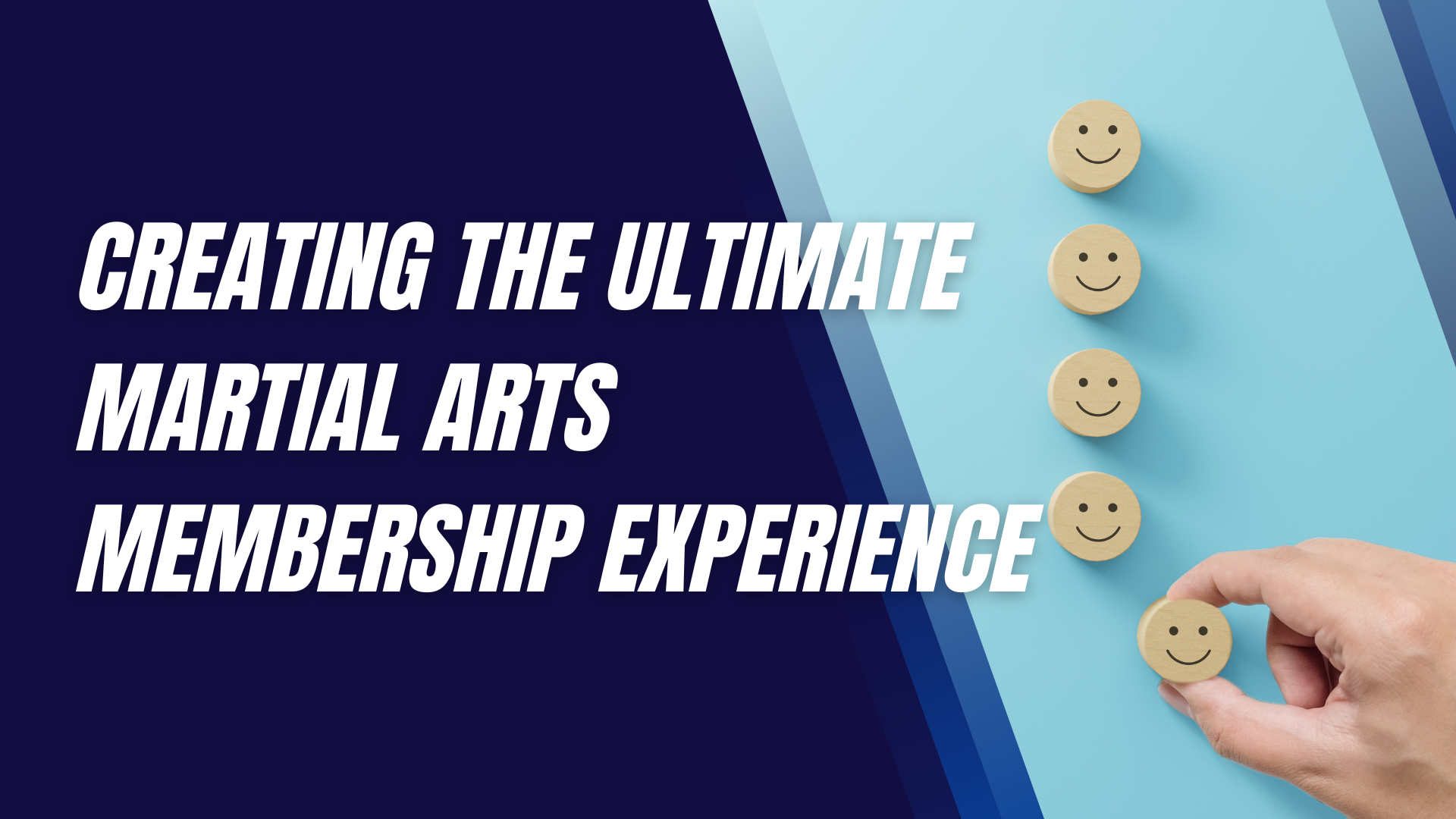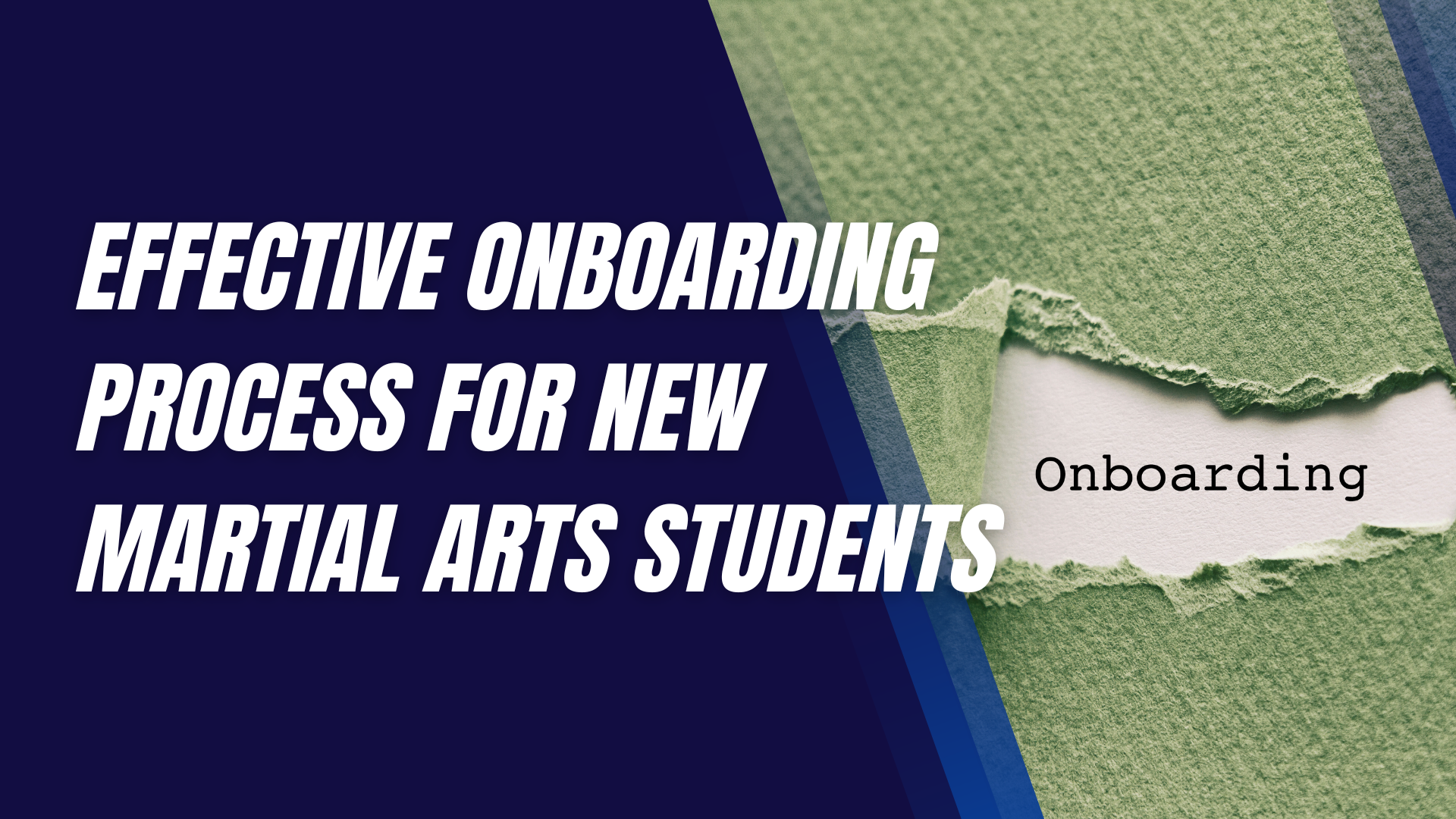Running Martial Arts Challenges to Increase Student Engagement
At their core, martial arts challenges are unique exercises, drills, or competitions that provide students with a new set of goals.
These can range from mastering a series of complex moves, improving endurance through timed activities, or participating in friendly sparring matches. While they often have competitive elements, the primary focus is on self-improvement and community-building.
Importance of Engagement in Martial Arts Training
Maintaining student engagement is critical in martial arts training. The repetitive nature of drills and techniques can sometimes lead to boredom or a loss of motivation. By incorporating challenges, instructors offer a break from routine and provide students with fresh incentives to improve. These challenges also create excitement around training sessions, making the dojo a place where students look forward to attending regularly.
Benefits of Martial Arts Challenges
The benefits of running martial arts challenges are multifaceted. Not only do they improve physical and technical skills, but they also boost student morale, strengthen mental resilience, and build a sense of unity within the dojo.
Enhancing Physical Skills
By participating in physically demanding challenges, students push their bodies to new limits. Whether it’s increasing the number of push-ups they can do or perfecting a roundhouse kick, challenges encourage students to consistently improve their strength, flexibility, and overall fitness.
Boosting Mental Toughness
Martial arts challenges are as much about mental endurance as they are about physical prowess. Overcoming difficult tasks, like completing a long sparring session or executing complex techniques under pressure, teaches students resilience. This mental toughness extends beyond the dojo, influencing other areas of their life.
Building a Sense of Community
A well-structured challenge fosters camaraderie among students. Whether they’re working together as a team or competing individually, the shared experience of participating in a challenge creates bonds between students. These events also promote mutual respect and encouragement, both important values in martial arts.
Types of Martial Arts Challenges
The variety of martial arts challenges is extensive, ranging from simple drills to more complex competitions. Offering a mix of challenges ensures that students remain engaged and excited to participate.
Physical Strength Challenges
Physical strength challenges might include traditional exercises like push-ups, squats, or kicks, but with an increased level of difficulty or a focus on endurance. For instance, students may be tasked with completing 100 kicks in under two minutes or holding a deep stance for extended periods. These types of challenges improve stamina and build muscle endurance.
Technique-Based Challenges
Technique-based challenges focus on refining martial arts skills, such as perfecting a form or kata. Instructors might ask students to execute a series of techniques with perfect precision under a time constraint. This not only pushes students to focus on their form but also teaches them to remain calm under pressure.
conditioning
Endurance Challenges
These challenges test a student's stamina and perseverance. Timed sparring sessions or obstacle courses can be used to assess how long students can maintain their performance under physically demanding conditions. Endurance challenges often reveal a student's mental fortitude as much as their physical capability.
Setting Clear Goals for Challenges
For martial arts challenges to be effective, it’s essential to set clear and measurable goals. Without well-defined objectives, students may lose motivation or fail to understand the purpose of the challenge.
Creating Measurable Objectives
Each challenge should come with specific, achievable outcomes. For example, a goal might be to complete a certain number of kicks or reach a particular belt level within a set timeframe. These measurable objectives allow students to track their progress and experience a sense of accomplishment when they succeed.
Tailoring Challenges for Different Skill Levels
To ensure inclusivity, challenges should be adaptable for all skill levels. Beginners may participate in simplified versions of a challenge, while advanced students can take on more complex variations. This keeps everyone motivated and engaged, regardless of their experience.
Structuring Martial Arts Challenges
The structure of the challenge will greatly impact its effectiveness. A well-organized event with clear rules and time limits ensures students remain focused and motivated throughout.
Setting Time Limits
Time-limited challenges increase intensity and focus. For example, setting a 5-minute limit for a series of techniques or requiring students to hold a stance for one minute creates urgency. These time constraints push students to perform under pressure, mirroring real-life combat scenarios.
Group vs. Individual Challenges
Both group and individual challenges offer unique benefits. Group challenges foster teamwork and cooperation, while individual challenges allow students to focus on personal growth. Instructors can alternate between both types to provide variety and cater to different student preferences.
Online vs. In-person Participation
In the modern digital age, martial arts challenges don’t need to be confined to the dojo. Virtual challenges, such as students uploading videos of their technique progress or participating in online competitions, can increase engagement, especially for those who may be unable to attend in-person classes regularly.
FAQs
1. How often should martial arts challenges be held?
The frequency of martial arts challenges depends on the goals and structure of your dojo. Monthly challenges can keep students engaged and motivated without overwhelming them. For special events like rank advancements or tournaments, quarterly or bi-annual challenges work well. It's essential to balance these events so that they remain exciting rather than becoming routine.
2. What prizes work best for martial arts challenges?
Prizes can range from tangible rewards, like medals, trophies, and certificates, to intangible ones like public recognition or shoutouts on social media. Some schools also offer belt or rank advancements as part of the challenge outcome. Consider offering custom gear, free lessons, or discounts as incentives for higher participation.
3. Can martial arts challenges be adapted for beginners?
Absolutely! Challenges should be inclusive of all skill levels. For beginners, the focus should be on mastering foundational techniques with simplified tasks. For example, instead of advanced sparring or complex katas, beginners might work on basic kicks, punches, or simple combinations. The goal is to help them build confidence and improve gradually.
4. How do I make martial arts challenges fun for younger students?
For younger students, it's crucial to inject creativity and fun into the challenges. Themed challenges, like "Ninja Warrior Day" or superhero-themed obstacle courses, can be exciting for kids. Games, role-playing, and rewards like badges or toys also go a long way in keeping younger students entertained and motivated.
5. What should I do if a student struggles with a challenge?
If a student is struggling, provide encouragement and adjust the challenge to fit their current ability level. The focus should always be on growth and participation rather than winning. Offering personal guidance, extra practice time, or breaking down the challenge into smaller, achievable steps can help students feel supported.
6. How can martial arts challenges help retain students?s
Challenges give students something to look forward to, breaking the monotony of regular training routines. They also serve as benchmarks for personal growth and skill development, which increases student satisfaction. Regular challenges show students their progress, making them more likely to continue their martial arts journey and stay enrolled at your school.
Final Thoughts
Martial arts challenges play a pivotal role in student engagement, retention, and overall skill development. By structuring creative, inclusive, and goal-oriented challenges, martial arts schools can offer students continuous motivation and a sense of achievement. These challenges foster an environment where students can test their physical and mental boundaries in a supportive community, building lasting bonds with their peers and instructors.
Moreover, the sense of progression gained through completing challenges translates into long-term retention, as students feel more connected to their journey and the dojo. By promoting friendly competition, teamwork, and personal growth, martial arts challenges become a key strategy in maintaining a dynamic, thriving school.
Incorporating regular challenges into the curriculum is a proactive way to keep students excited about their training, whether they are beginners or advanced practitioners. Ultimately, martial arts challenges are about much more than physical feats—they’re about building resilience, community, and a lifelong passion for martial arts.
Interested in trying a martial arts class? Find an affiliated academy anywhere in the country by clicking here.
Have your own martial arts program? Get to know more about what we have to offer at Ground Standard Agency for helping martial arts businesses grow.
Email us at info@groundstandard.com, or call and text us at (732) 907-8920 today to learn how to start growing your own academy, school, dojo, or gym with us as well.
Share this article












